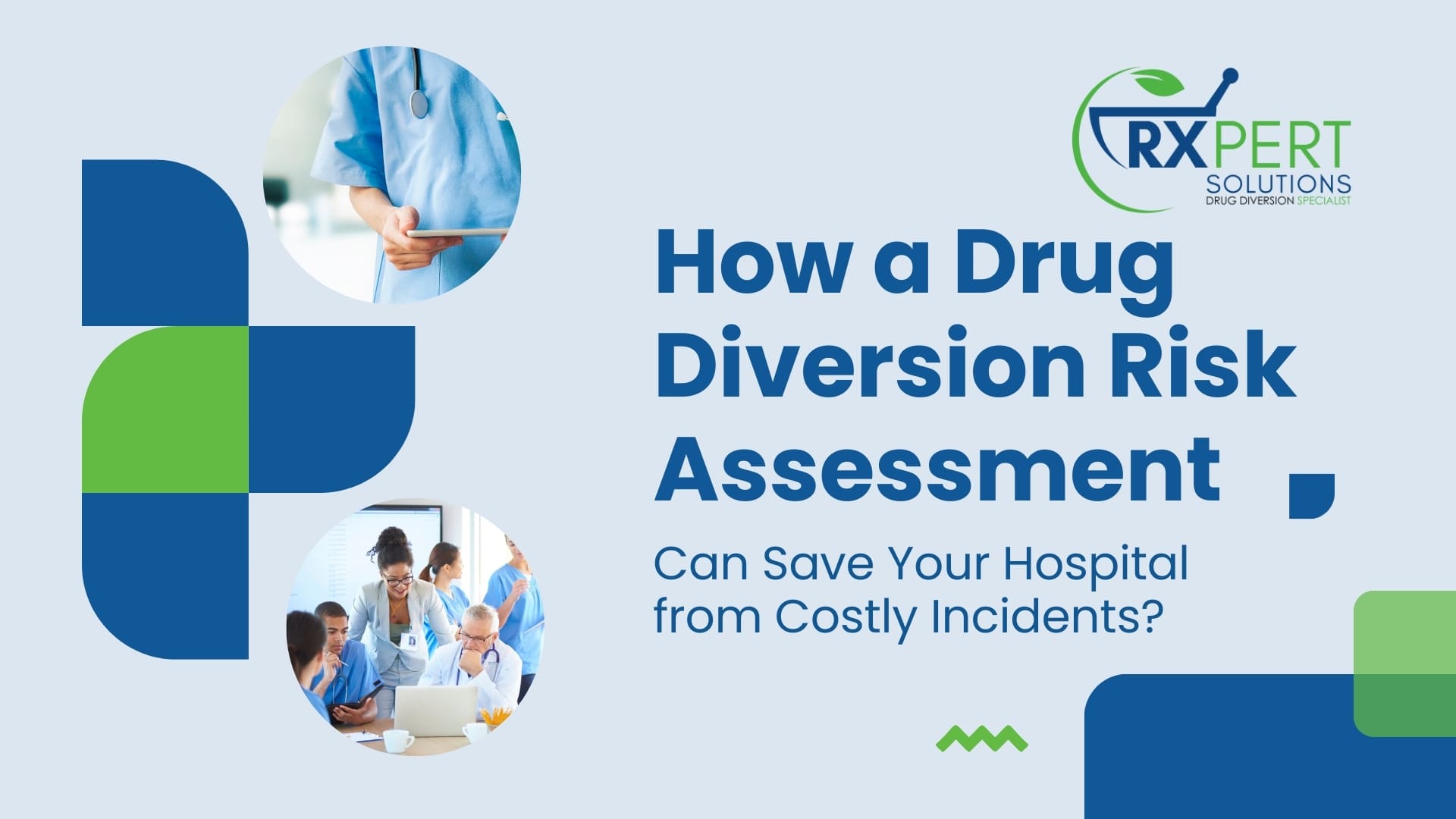Fentanyl patches continue to be prescribed inappropriately for patients who are opioid naive. Pharmacists have a responsibility to review all fentanyl patch orders for appropriateness. The guidelines are very clear. The patient is either opioid naive or opioid tolerant, and those facts drive the verification of the initial fentanyl patch order. Opioid tolerant is defined as a patient who has taken oral morphine 60mg/day or oral hydromorphone 8mg/day or oral oxycodone 30mg/day for a week or longer. Period. The definition of opioid tolerant is not open to interpretation.
As pharmacists, we may come across a physician who is unaware of the guidelines and true danger of fentanyl patches. We educate and assist them in finding an alternative. Occasionally, we come across a physician who wrote the order in error and the gratitude they express to us for having their back is something we may never forget. And then there is the physician who responds with a statement indicating they are aware of the risks but the patient is going on hospice so they are willing to take the risk. What is the physician actually saying here? I guess we would have to ask them to clarify the real meaning of their statement if we want to know, but more importantly, as a pharmacist where do you see your role when it comes to verifying (or not verifying) that order for a fentanyl patch on an opioid naive patient?
There are pharmacists out there verifying these orders. Does the fact that a patient is in the stage of life where they are being placed on hospice remove the requirement to follow safety guidelines for them? I say no. If you say yes, I’d like to hear your rational. Let’s keep it professional and perhaps we can have a good discussion within our pharmacy community on the topic.
For complete guidelines, see the CHA Medication Safety Committee High Alert Medication Guideline for FentaNYL Transdermal Patch.





